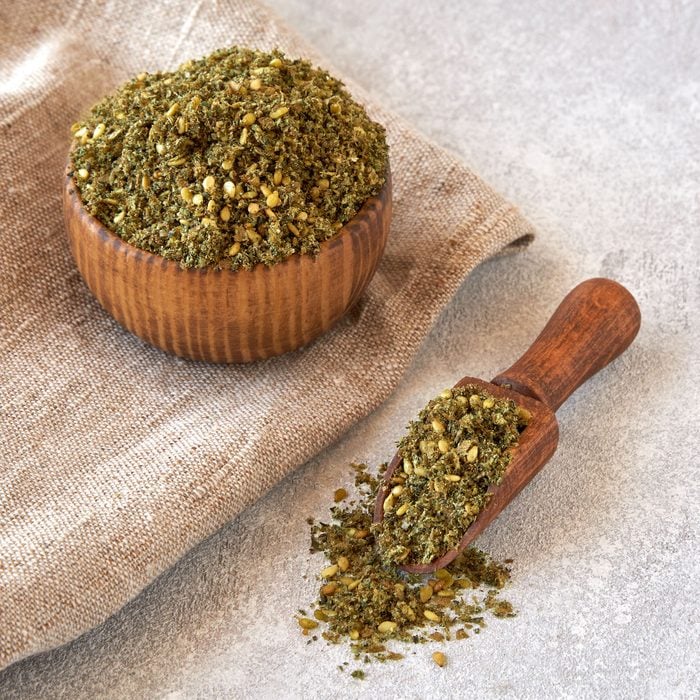
Za’atar
Za’atar is a savory Middle Eastern spice blend that typically contains sumac, sesame seeds, marjoram, salt and thyme or oregano. Sprinkle za’atar on homemade hummus or use it in this Za’atar Chicken recipe. For a simple snack, mix za’atar with a good olive oil and mop it up with warm pita bread.
Editor’s Tip: Expand your spice cabinet and culinary creativity with a flavorful collection of Mediterranean spices.

Baharat
The Arabic word for spices, “baharat” refers to a Middle Eastern seasoning blend that’s also known as Lebanese seven-spice blend. The mixture varies by region but it typically contains some combination of black pepper, allspice, cinnamon, nutmeg, coriander, cumin, paprika, cardamom and cloves. People across the Middle East enjoy baharat in rice, fish and meat dishes. You can also try it in Malfouf (Lebanese cabbage rolls).
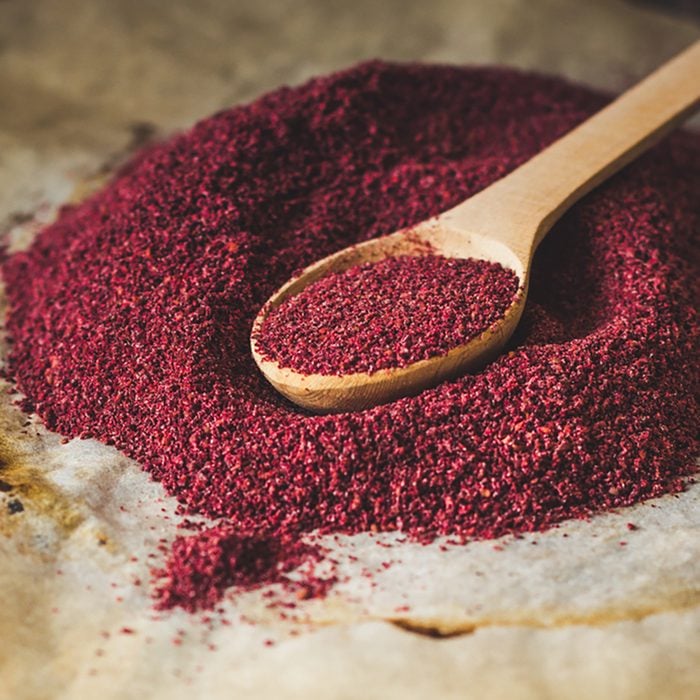
Sumac
Made from dried berries, sumac is known for its deep wine color and tart, lemony flavor. Sumac is a key ingredient in za’atar, but you can also use it on its own. Try using sumac on salads and hummus, as well as in grilled kabob recipes and in this Lehmejun (Armenian Pizza) recipe.
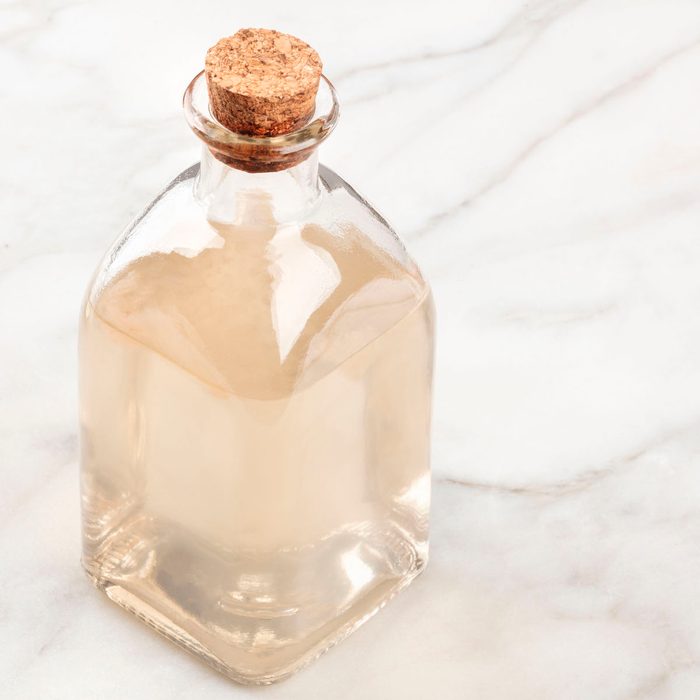
Rose Water
With a delicate, floral flavor, rose water is a common ingredient in Middle Eastern desserts, such as halva and Turkish delight. Try it in this Rose Water Rice Pudding or this Israeli Malabi with Pomegranate Syrup. If you’re curious to learn more, check out our guide for how to use rose water for cooking and baking.
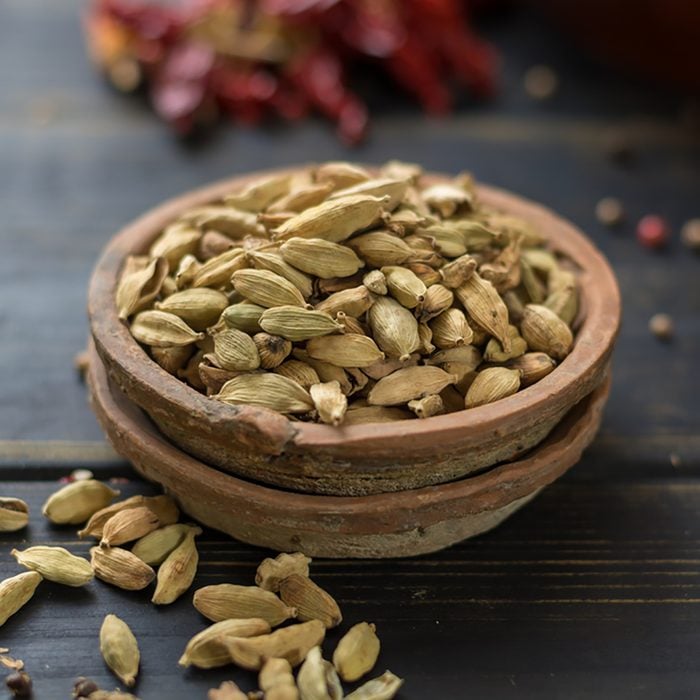
Cardamom
Cardamom has a warm, flavorful taste that pairs well with both sweet and savory dishes. Try it in this Middle Eastern-inspired Pear and Pomegranate Lamb Tagine or in these Cardamom Sugar Cookies. Hooked on cardamom? Try even more of our cozy cardamom recipes.
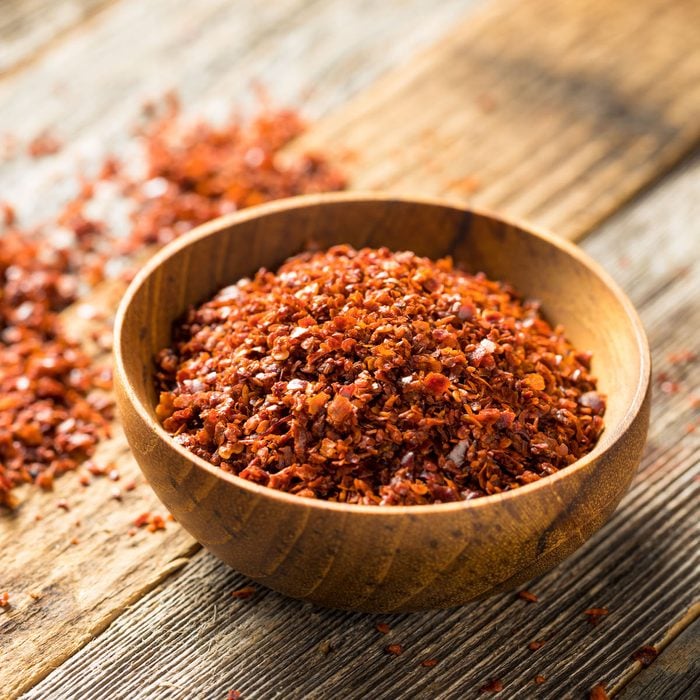
Aleppo Pepper
Named for the Syrian city, Aleppo pepper is a relatively mild red chile pepper with a somewhat fruity flavor. You can use dried Aleppo pepper flakes as a spice in meat and vegetable dishes—try adding a pinch to this Lemon Chicken with Orzo recipe. Aleppo pepper also makes an appearance in a salmon recipe that’s featured in celebrity chef Nigella Lawson’s At My Table cookbook.
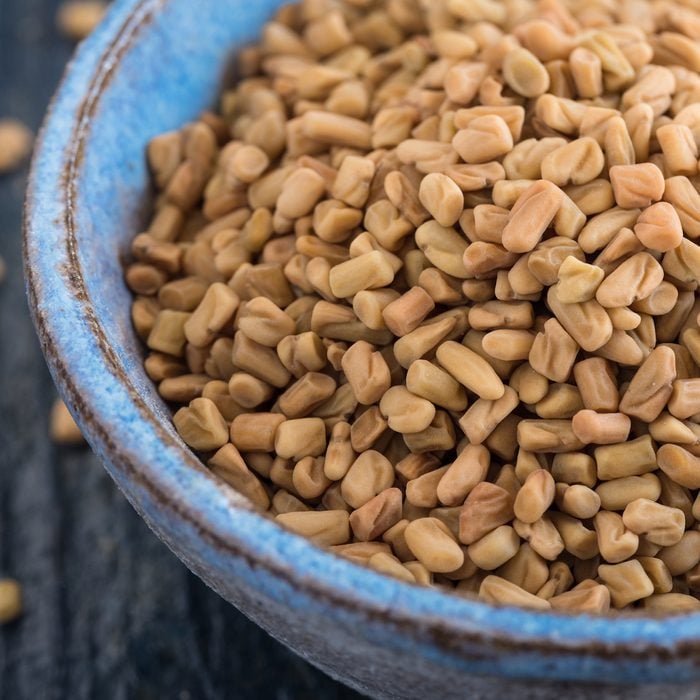
Fenugreek
Fenugreek is an herb that has a nutty, sweet flavor—a taste many people compare to maple. Along with Middle Eastern dishes like Persian kuku sabzi (an herbed frittata), it’s commonly used in Indian recipes. You can also try fenugreek in this Spicy Lamb Curry or in this Fig-Carrot Stuffed Kabocha Squash recipe.

Saffron
Known as the world’s most expensive spice, saffron comes from a type of crocus flower. Cooks often pair saffron with seafood or rice, such as in a Persian tahdig (a crispy rice dish). You can also try using saffron in this Spanish-Style Paella or in Kulfi, a frozen Indian dessert.
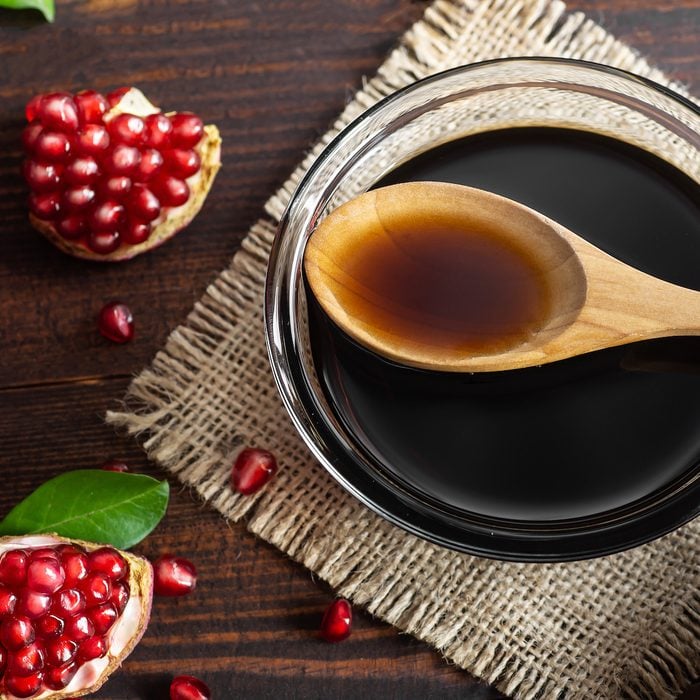
Pomegranate Molasses
Pomegranate molasses or pomegranate syrup is in many sweet and savory Middle Eastern dishes—including these Pomegranate Short Ribs and this Curry Pomegranate Protein Bowl. You can make pomegranate molasses at home using pomegranate juice, or buy it online or at a Middle Eastern grocery store.
